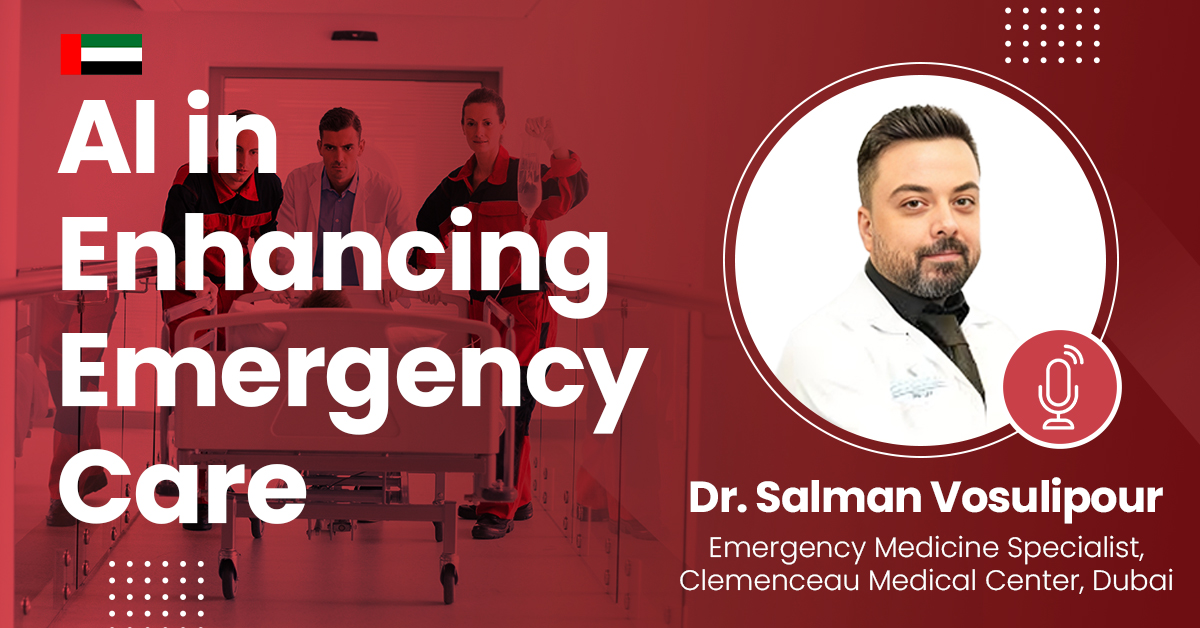- 144k views
Identifying Common Food Additives: Nutritionists POV
Nutritionists play a crucial role in identifying common food additives and their potential impact on human health. Food additives are substances added to food during processing or preparation to enhance its flavor, appearance, texture, or shelf life. One common food additive is artificial sweeteners, such as aspartame or sucralose, used as low-calorie alternatives to sugar. Nutritionists examine the potential health risks associated with artificial sweeteners, including their impact on blood sugar levels and the development of metabolic disorders. Another common food additive is monosodium glutamate (MSG), used as a flavor enhancer in many processed foods. Nutritionists study the effects of MSG on individuals, including potential allergic reactions and its contribution to the obesity epidemic. Nutritionists also focus on artificial food colorings, such as Red 40 or Yellow 5, and their association with hyperactivity and behavioral issues in children. Trans fats, often found in processed and fried foods, are another concern for nutritionists due to their negative impact on heart health and cholesterol levels.
About the Speaker

Nt. Deepalakshmi Sriram
M.Sc, RD, CDE Registered Dietitian at Smile Train
Upcoming Case Discussions
Acne: Disorders and Treatment Approaches
Acne is a common dermatological condition caused by clogged pores, excess sebum production, bacterial growth, and inflammation. It can manifest as blackheads, whiteheads, papules, pustules, or cysts, often leading to scarring if untreated. Various factors, including hormonal changes, diet, stress, and genetics, influence its severity. Treatment approaches range from topical and oral medications, such as retinoids, antibiotics, and hormonal therapy, to advanced procedures like chemical peels and laser therapy. A personalized skincare regimen, along with lifestyle modifications, plays a crucial role in managing and preventing acne.
Molecular and Genetic studies in Gynaecological Malignancies
Molecular and genetic studies in gynecological malignancies have revolutionized diagnostics, prognostics, and targeted therapies. Advances in genomic sequencing have identified key mutations in ovarian (BRCA1/2, TP53), endometrial (PTEN, MSI), and cervical cancers (HPV integration, PIK3CA). These findings aid in precision medicine, guiding individualized treatments like PARP inhibitors for BRCA-mutated ovarian cancer. Epigenetic modifications, including DNA methylation and miRNA regulation, further influence tumor progression and therapeutic response. Emerging technologies like liquid biopsies and multi-omics approaches enhance early detection and monitoring. Understanding these molecular pathways is crucial for developing novel therapies and improving survival outcomes in gynecological malignancies.
Gallstone Disease & Cholecystitis: When to Operate?
iGallstone disease and cholecystitis are common conditions requiring careful evaluation to determine the need for surgery. Symptomatic gallstones causing recurrent pain, nausea, or complications like cholecystitis often necessitate cholecystectomy. Acute cholecystitis, characterized by inflammation, fever, and right upper quadrant pain, typically requires early surgical intervention to prevent complications like perforation or sepsis. In high-risk patients, conservative management with antibiotics and drainage may be considered. Elective surgery is recommended for asymptomatic patients with high-risk factors, such as large gallstones or gallbladder polyps, to prevent future complications.
AI in Enhancing Emergency Care
AI is revolutionizing emergency care by enabling faster, more accurate decision-making. It helps triage patients efficiently, analyze medical data in real-time, and predict outcomes based on historical data, which can prioritize critical cases. AI-powered tools, like diagnostic imaging analysis and predictive algorithms, assist doctors in identifying conditions such as strokes or heart attacks earlier, improving survival rates. Additionally, AI enhances resource allocation and staff management in emergency departments, optimizing response times and reducing workload for healthcare providers.
Management of Postoperative Pain: Best Practices for GP’s
Effective management of postoperative pain is crucial for promoting recovery and preventing complications. General practitioners should start by assessing pain severity using appropriate scales, then tailor the treatment plan based on the patient's medical history and the type of surgery. A combination of pharmacological approaches, such as non-opioid analgesics (e.g., NSAIDs) and opioids when necessary, should be used to minimize pain while reducing the risk of addiction. Multimodal strategies, including physical therapy and non-pharmacological techniques like cold therapy or mindfulness, can further enhance pain relief. Close follow-up is essential to adjust the treatment as needed and ensure the patient's pain is well-controlled.







